Recently Mike Stillman wrote a story about a manuscript and book theft from the 1970’s that was solved with the admission of a person long associated with the Lambeth Palace Library that they had stolen from their archives. Conscience ultimately won out and the library learned that perhaps as many as ten times as many books were taken as had previously been identified as missing – some 1,400 items altogether. The material was recovered when the thief disclosed through his attorney after his death that Lambeth material was hidden in his attic. It’s a happy if unsettling ending and an easily ignored indication of an immense problem, the theft of books, manuscripts, maps and ephemera that is overwhelmingly an un and under-reported crime.
A year ago he wrote about the Girolamini thefts, books found to have been taken by Massimo de Caro, director of the Girolamini Library in Naples. Fifteen hundred books were initially reported missing and recently that number increased to 4,000. For Mr. De Caro the important number is now 7 as in 7 years. That is 2,556 days in jail books.
Theft is the often third step in a book’s history. The first I’ll buy it and the second “it’s around here somewhere.” But of course it's not. It’s on to its next life a la The Bookman’s Tale [see the May issue of AE Monthly for a review].
The problem is that unusual examples are often difficult to understand and tend to share shelves with nice but less important material that in time mutes their significance and obscures their value. In some institutions such materials are well identified and separated by value, the most important materials behind screens and locked doors. But not all and it's at the margins that important material tends to be vulnerable, particularly if those stealing are themselves the trusted insiders.
The Lambert Palace experience illustrates that important books can slip through the cracks, particularly when the thief is someone working in the building with access through security, to the material and the cataloguing. In such circumstances things can disappear; from the shelves and from the catalogue. Two things saved the Lambeth from extraordinary losses, the library’s bookmarks that kept a presumed large portion of the stolen material from being disposed and in death, the thief’s decision to return what he could not cash. In this case the story has a happy ending more or less.
But such thefts are common and most stories do not have happy endings. For collectors - age, declining eyesight and mental acuity may encourage “borrowing” as was the case with material in Frank Siebert’s collection in the late 1990s. Some material is still on loan.
But surely such thefts are uncommon if not absolutely rare. Yes? No. For the intrepid, the ones willing to be informed, one can always run a search for ‘book theft.’ On Google the 43,500 results will keep you up at night for months if not years. Wikipedia chimes in with a page on library theft, reporting some of the recent major cases and the fact that English libraries experience theft at the rate of 5.3% whatever that means.
And in Oklahoma a textbook salesman is currently accused of diverting $2.8 million of text material from the John Wiley Company and reselling in on the Internet. The material apparently is not old but the crime is. When the first collector saw a copy of the Gutenberg and said “I’ll take it” we can’t be sure what he meant.
The number of reported crimes in recent years has been rising. David Slade, past president of the ABA in the United Kingdom, was caught lifting material from the Rothschild collection, confessed and was sentenced to prison.
E. Forbes Smiley, a established dealer, resolved the issue of missing volumes by simply excising maps. He too was sent to prison, as was Denning McTague who while interning at the NARA, the National Archives and Records Administration, was arrested for theft and subsequently sentenced to 15 months.
Theft is apparently common and of course has a history.
In an interesting well-researched book by Jeremy M. Norman I recently read I can see that it’s not a new problem. His book, Scientist, Scholar & Scoundrel, is a bibliographical investigation of the “Life and Exploits of Count Gugliemo Libri,” an Italian polymath who in the 19th century played chess when his opponents, the stock and gate keepers of many of the great libraries, played checkers and he picked their pockets clean; he the brilliant, well-placed and influential expert on rare and important manuscripts and they, the frequently ignorant and unaware. He had quite a life, in his most active years living in France moving from Paris to London in 1848 into the warm embrace of they who did not care for the French and therefore refused to believe the charges of document theft stacked up in the Parisian courts like garbage on New York City’s sometimes strikebound streets. The French, who would come to hate him, ensured that the English, who in that era held the French in contempt, would embrace the hated as, if not a hero, a wronged party.
In the 1840’s and for two decades to follow, the principal acquirer of Mr. Libri’s fenced properties was English Lord Ashburnham whose purchases in many cases would later find their way back to France and Italy, acquired by and on behalf of the robbed, to reunite the dispersed parts with the collections once looted.
How Mr. Libri could succeed in his life of crime arises from his unique capabilities and the era in which he lived, the final four decades before library records and official documentation would begin to become the science it is today. In his era only a small group of scholars could read the ancient texts and few consistent records were kept. It was in fact, to read Mr. Norman’s account, easy to steal.
That such criminality continues today is established, thus suggesting that more remains to be done. We can not or should not trust, this the now pungent lingering odor that will hover over visitors and researchers for years to come because a few could not be trusted and it’s a shame. The world of rare books, manuscripts, maps and ephemera thrives in the atmosphere of trust and is limited and damaged by distrust. So it turns out what Libri and his many later imitators have taken was more valuable than documents and books, it was our trust. “I had no idea” is not a defense and neither is it an excuse. Those who control must be vigilant and those trusted to see, touch and turn must be worthy of the privilege.
In hell there should be a place from which to hang those that steal our confidence and trust. Such people exist in every generation. They who steal the printed word should have their own gallery. And now, if someone will lend me their cigarette lighter …
Scientist, Scholar & Scoundrel by Jeremy M. Norman. Available on his website – www.historyofscience.com and on Amazon. It’s an interesting story and very well organized.
Jeremy Norman
Historyofscience.com
Historyofinformation.com
Novato, California
415-892-3181
Writer's Note: Correction: An earlier version of this article said that E. Forbes Smiley had been a member of the ABAA. That is incorrect. He has never been a member.



![<b>Heritage, Dec. 15:</b> John Donne. <i>Poems, By J. D. With Elegies on the Author's Death.</i> London: M[iles]. F[lesher]. for John Marriot, 1633. <b>Heritage, Dec. 15:</b> John Donne. <i>Poems, By J. D. With Elegies on the Author's Death.</i> London: M[iles]. F[lesher]. for John Marriot, 1633.](https://ae-files.s3.amazonaws.com/AdvertisementPhotos/8caddaea-4c1f-47a7-9455-62f53af36e3f.jpg)


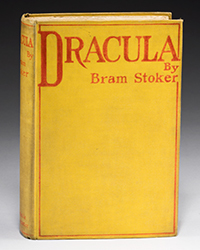
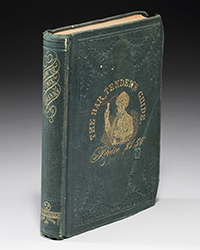



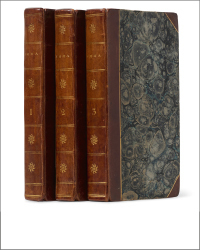
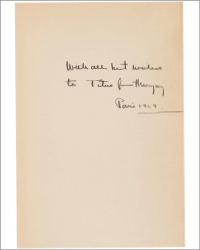




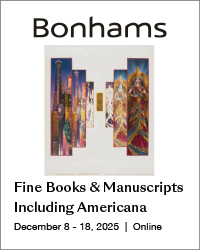

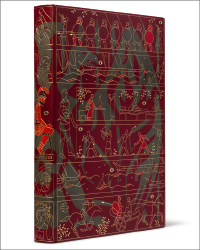
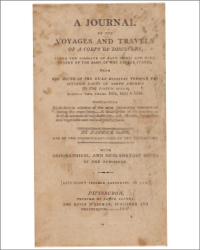
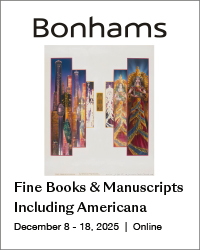

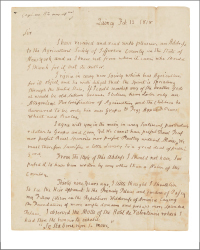

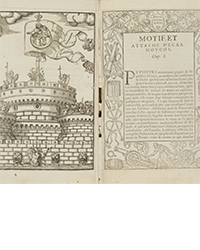
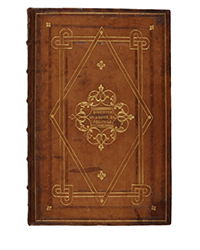
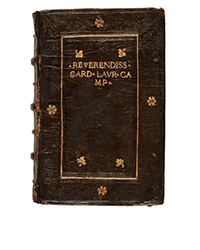
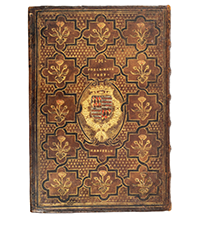
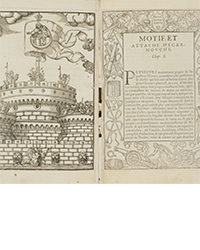

![<b>Sotheby’s, Dec. 16:</b> [Austen, Jane]. A handsome first edition of <i>Sense and Sensibility,</i> the author's first novel. $60,000 to $80,000. <b>Sotheby’s, Dec. 16:</b> [Austen, Jane]. A handsome first edition of <i>Sense and Sensibility,</i> the author's first novel. $60,000 to $80,000.](https://ae-files.s3.amazonaws.com/AdvertisementPhotos/9a74d9ff-42dd-46a1-8bb2-b636c4cec796.png)
